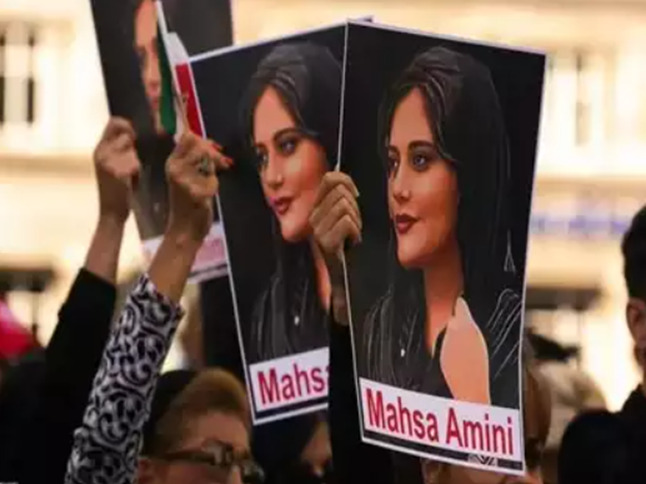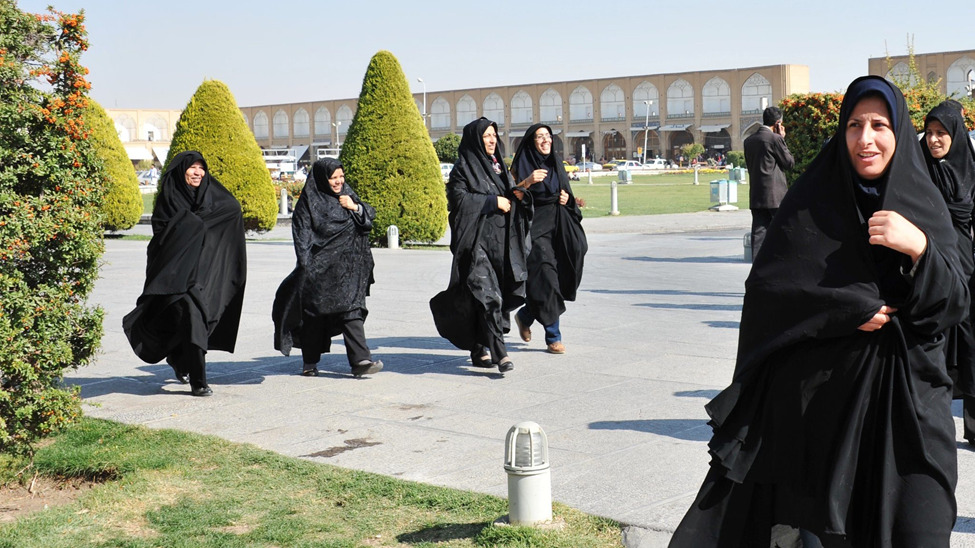Iran’s online images reveal female police officers wearing all-black chadors, scolding and detaining women whose heads were uncovered.
Iranian police, as reported by state media, resumed patrols on Sunday to apprehend the growing number of women who are not covering their hair in public, in defiance of the strict dress code.
Exactly 10 months after the September 16 death of Mahsa Amini, 22, while in custody, which sparked nationwide protests and resulted in the virtual disappearance of morality police from the streets, the report indicates an increasing number of women openly defying the law.

Amini, an individual of Iranian-Kurdish descent, was apprehended by morality police on allegations of breaching the dress code, which mandates women to cover their head and neck while in public.
Despite the withdrawal of the morality police, the authorities have implemented alternative measures to uphold the law. These measures encompass the closure of businesses whose employees fail to adhere to the regulations, along with the installation of surveillance cameras in public areas to identify and apprehend offenders.
Commencing on Sunday, the authorities are reverting to the traditional approach, as reported by state media. According to the official IRNA news agency, police spokesman Saeed Montazer Almehdi stated that the police would initiate car and foot patrols to caution and take legal actions against those who defy their orders and disregard the consequences of dressing against the established norms. Offenders will be referred to the judiciary for further actions.
Online images have emerged, depicting female police officers dressed in all-black chadors, admonishing and detaining women without head coverings. AFP has been unable to independently verify the authenticity of these images.
Iran’s reaction to the police patrols
The dress code has been enforced since the aftermath of the Islamic revolution of 1979. Violators may incur fines or imprisonment for a maximum duration of two months.
However, according to Shargh, Iran’s reformist newspaper, on Sunday, four women have received additional penalties, which include mandatory attendance of “psychological classes” and driving bans.

Amidst the months of protests, which Tehran typically referred to as foreign-instigated “riots,” thousands of Iranians were arrested, and hundreds lost their lives, including dozens of security personnel.
Iran’s conservative faction, which holds significant influence over the country’s parliament and leadership, staunchly advocates for the dress code. However, as demands for change resonate among many Iranians, in May, both the judiciary and the government introduced a “Support for the Culture of Hijab and Chastity” bill, leading to intense debates within the nation.
The proposed text suggests higher fines for “any individual removing their veil in public places or on the internet” while eliminating the possibility of a prison sentence as a punitive measure.
According to sociologist Abbas Abdi, there is a lack of consensus within Iran’s leadership regarding the hijab issue. While some advocate for repressive measures, others believe that alternative approaches should be explored.
The United States, Britain, and the European Union have imposed multiple rounds of sanctions on Iran due to its handling of the protest movement.













